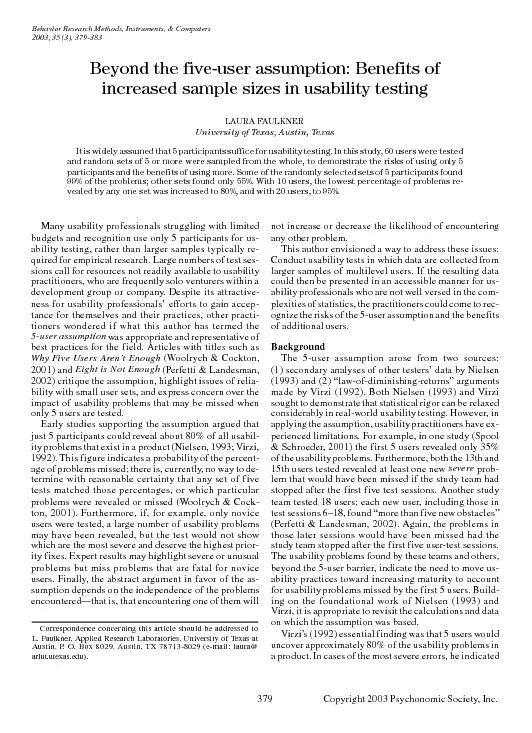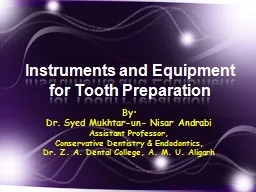PDF-Behavior Research Methods, Instruments, & Computers2003, 35 (3), 379-3
Author : yoshiko-marsland | Published Date : 2016-06-14
Many usability professionals struggling with limitedbudgets and recognition use only 5 participants for usability testing rather than larger samples typically required
Presentation Embed Code
Download Presentation
Download Presentation The PPT/PDF document "Behavior Research Methods, Instruments, ..." is the property of its rightful owner. Permission is granted to download and print the materials on this website for personal, non-commercial use only, and to display it on your personal computer provided you do not modify the materials and that you retain all copyright notices contained in the materials. By downloading content from our website, you accept the terms of this agreement.
Behavior Research Methods, Instruments, & Computers2003, 35 (3), 379-3: Transcript
Download Rules Of Document
"Behavior Research Methods, Instruments, & Computers2003, 35 (3), 379-3"The content belongs to its owner. You may download and print it for personal use, without modification, and keep all copyright notices. By downloading, you agree to these terms.
Related Documents














